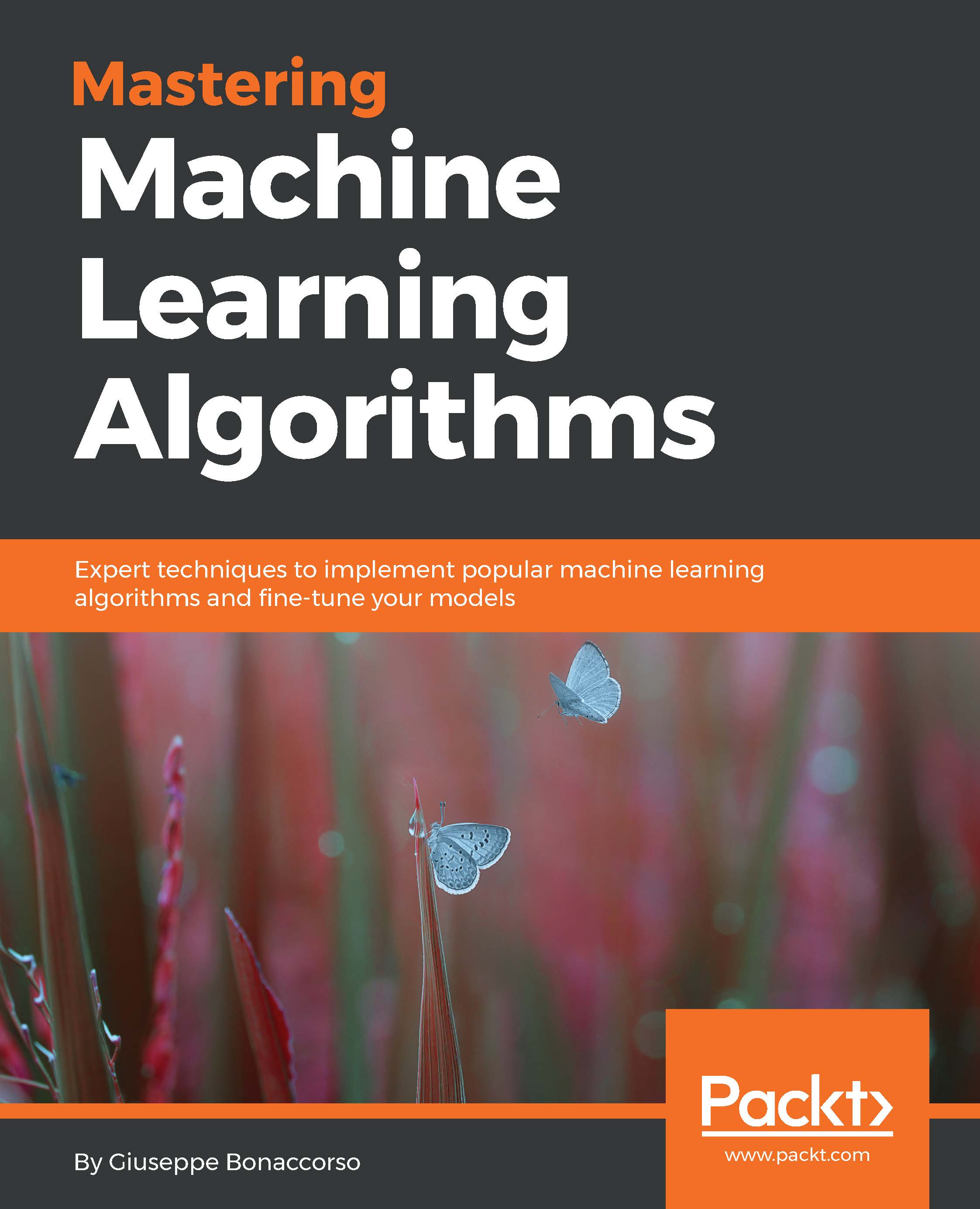In this chapter, we continue our discussion about semi-supervised learning, considering a family of algorithms that is based on the graph obtained from the dataset and the existing relationships among samples. The problems that we are going to discuss belong to two main categories: the propagation of class labels to unlabeled samples and the use of non-linear techniques based on the manifold assumption to reduce the dimensionality of the original dataset. In particular, this chapter covers the following propagation algorithms:
- Label propagation based on the weight matrix
- Label propagation in Scikit-Learn (based on transition probabilities)
- Label spreading
- Propagation based on Markov random walks
For the manifold learning section, we're discussing:
- Isomap algorithm and multidimensional scaling approach
- Locally linear embedding
- Laplacian...


